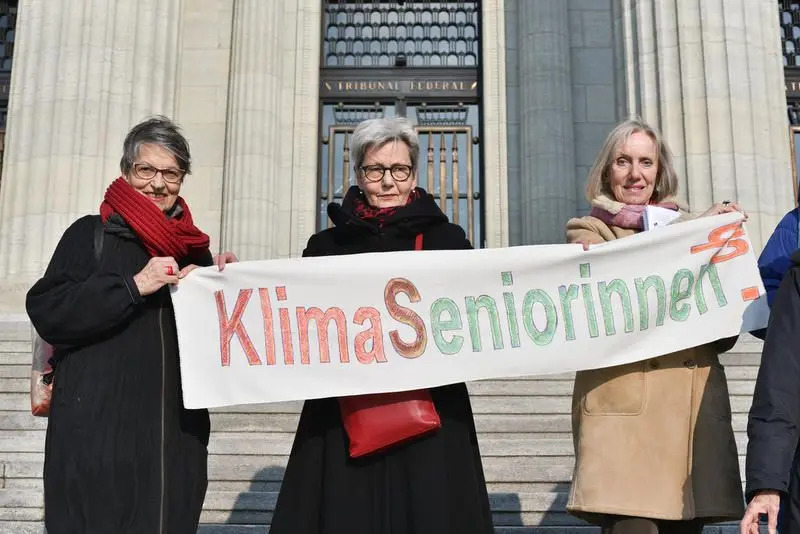European Court of Human Rights Affirms CLX Position in KlimaSeniorinnen v. Switzerland
On April 9th 2024, the European Court of Human Rights (ECtHR) issued its ruling in KlimaSeniorinnen v. Switzerland, marking a qualitative leap forward for the global jurisprudence on climate change and human rights. In this case, the Court sided with the plaintiffs, agreeing that Switzerland had violated the right to respect for private and family life and the right to access to court by virtue of their failure to sufficiently mitigate the drivers and effects of climate change.
In the lead up to the Court’s ruling, César Rodríguez-Garavito, Professor at NYU Law and Director of the NYU Climate Law Accelerator, and Christina Voigt, Professor at the University of Oslo and Chair of the IUCN World Commission on Environmental Law submitted an intervention that covers procedural and substantive issues central to the case.
The intervention first examines why, under the case law of the ECtHR, the Swiss senior plaintiffs meet the criteria for “victim status.” While the Court ultimately found that the Swiss senior women lacked such status – recognizing it only for the plaintiff association – the Court’s ruling on the substance of the claims tracked the insight proffered by the intervention.
According to the intervention, the scope of Switzerland’s human rights obligations to address climate change are best understood by reference to the terms of the Paris Agreement. In particular, the “highest possible ambition” provision in the Paris Agreement represents an obligation of conduct and establishes a due diligence standard requiring states to deploy their best efforts in setting and implementing mitigation targets in light of their national circumstances. In order to safeguard the rights protected under Articles 2 and 8 of the European Convention on Human Rights, states must apply this due diligence to their climate policies, pursuing short-term and long-term decarbonization plans that reflect their “highest possible ambition.”

